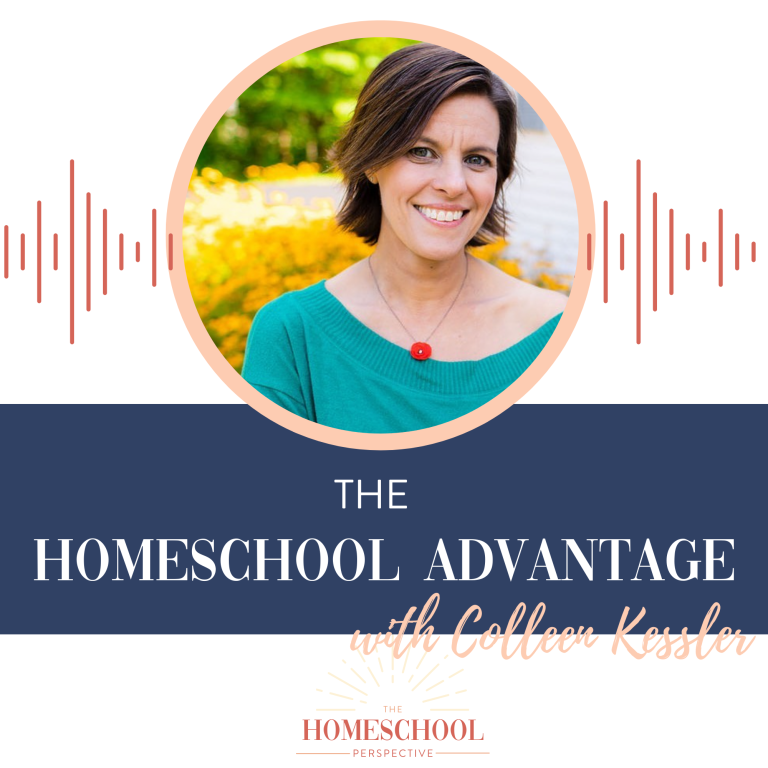SECULAR OR FAITH BASED: Which should you choose?
As homeschooling continues to grow in popularity, so does the variety of curriculum choices. Parents are no longer limited to a single path but can choose from secular, faith-based, or even faith-neutral resources.
In the latest episode of The Homeschool Perspective, hosts Ally Adair-Chung, Lisa Yvonne, and Rachel Figg explore the growing diversity of homeschool materials and discuss a crucial question: Do you need to pick secular or faith-based curriculum, or can you use a combination?
The hosts begin by defining secular and faith-based resources, highlighting the challenges of creating a curriculum that avoids religious influence while maintaining historical and cultural accuracy. The hosts discuss how secular curriculum often excludes religious viewpoints altogether, which can alter the historical understanding of key figures like George Washington, whose faith was central to his identity.
No curriculum is ever entirely neutral—whether faith-based or secular, each one comes with its own inherent perspectives and biases. That’s why it’s essential for parents to understand the background and values of the creators behind the resources they choose. One host shares that her family uses a mix of faith-neutral, secular, and faith-based materials to ensure their children are exposed to diverse viewpoints. This allows children to develop critical thinking skills while understanding different worldviews.
Homeschooling is about more than just following a curriculum. It’s about raising independent thinkers who can parse different perspectives. Whether you choose secular, faith-based, or a combination of both, your role as a parent is to guide, facilitate, and encourage your child’s curiosity.
Ultimately, the key takeaway is this: There is no one-size-fits-all approach. What matters most is creating a learning environment that nurtures open dialogue, critical thinking, and a love for knowledge.






